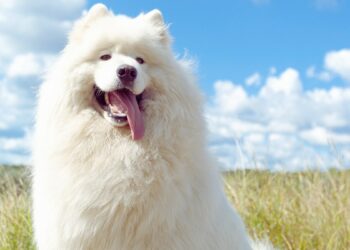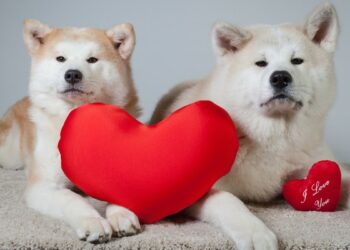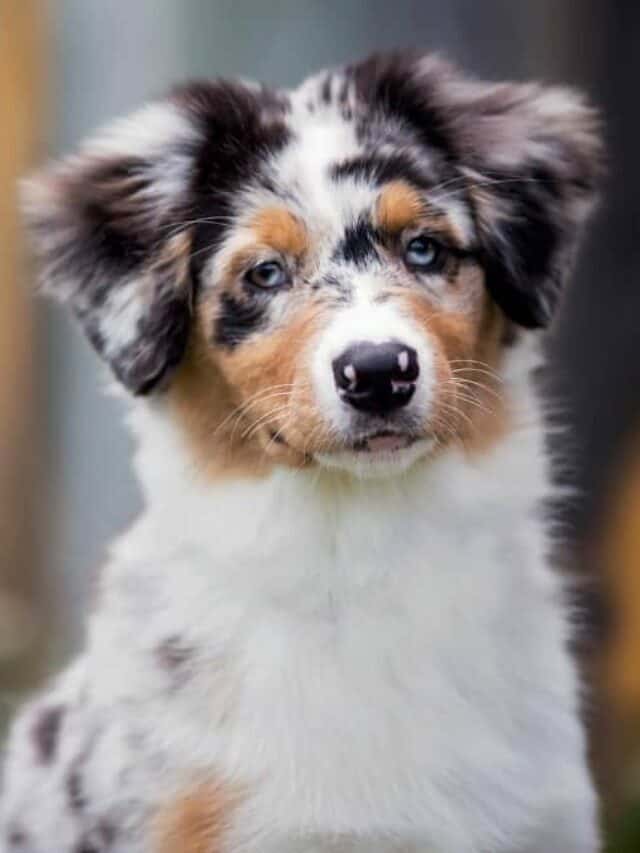Welcome to the world of the Akita dog breed! Whether you are a new Akita owner or a prospective one, we wrote this guide to help you gain a deeper understanding of this wonderful breed and provide you with valuable insights into how to care for and train your Akita.
In this guide, we will provide you with a comprehensive overview of the Akita breed, including their physical appearance, temperament, health concerns, nutrition, training needs, and more.
Looking for something specific?
- Adult Akita Photo Gallery
- Akita Puppy Photo Gallery
- The Akita’s Striking Appearance
- The Temperament and Personality of Akitas
- Keeping Your Akita Healthy
- Tips and Tricks for Proper Nutrition and Feeding
- Bringing Home an Akita Puppy
- The Fascinating History of the Akita Dog Breed
- Frequently Asked Questions and Answers
- Additional Resources
- Closing Thoughts
Adult Akita Photo Gallery
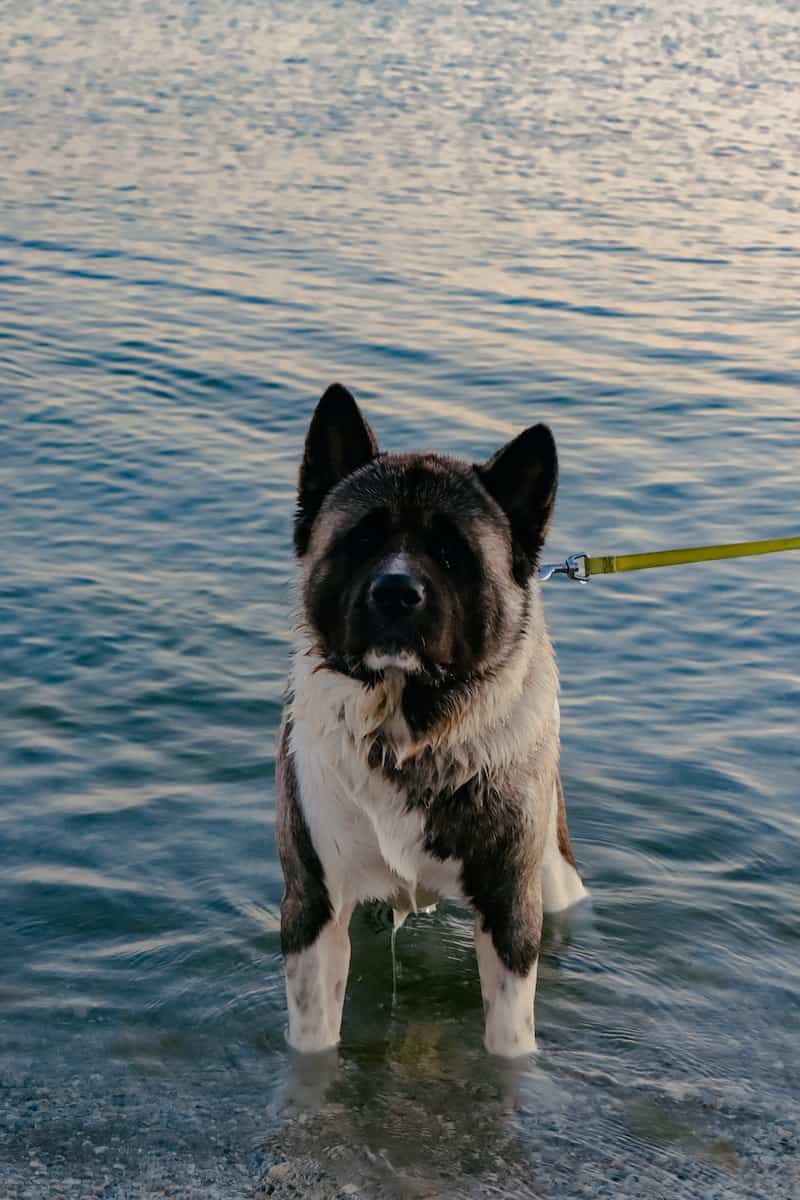
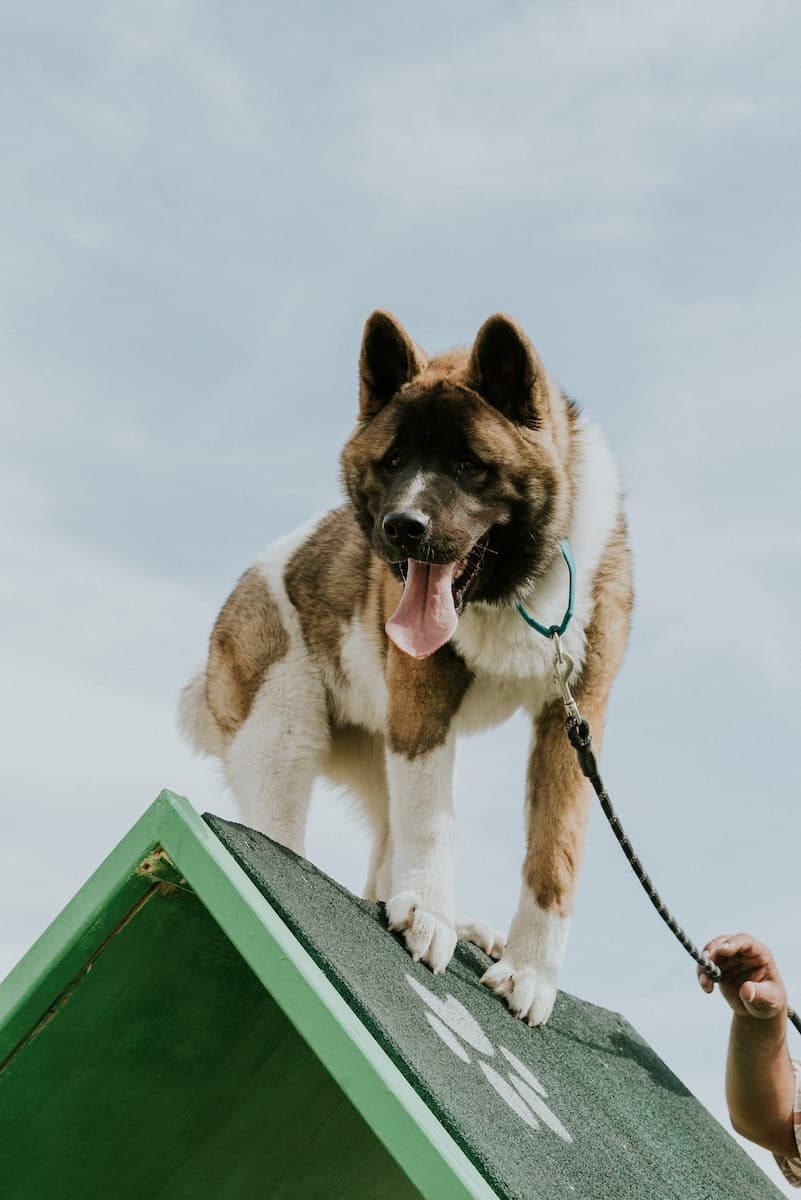
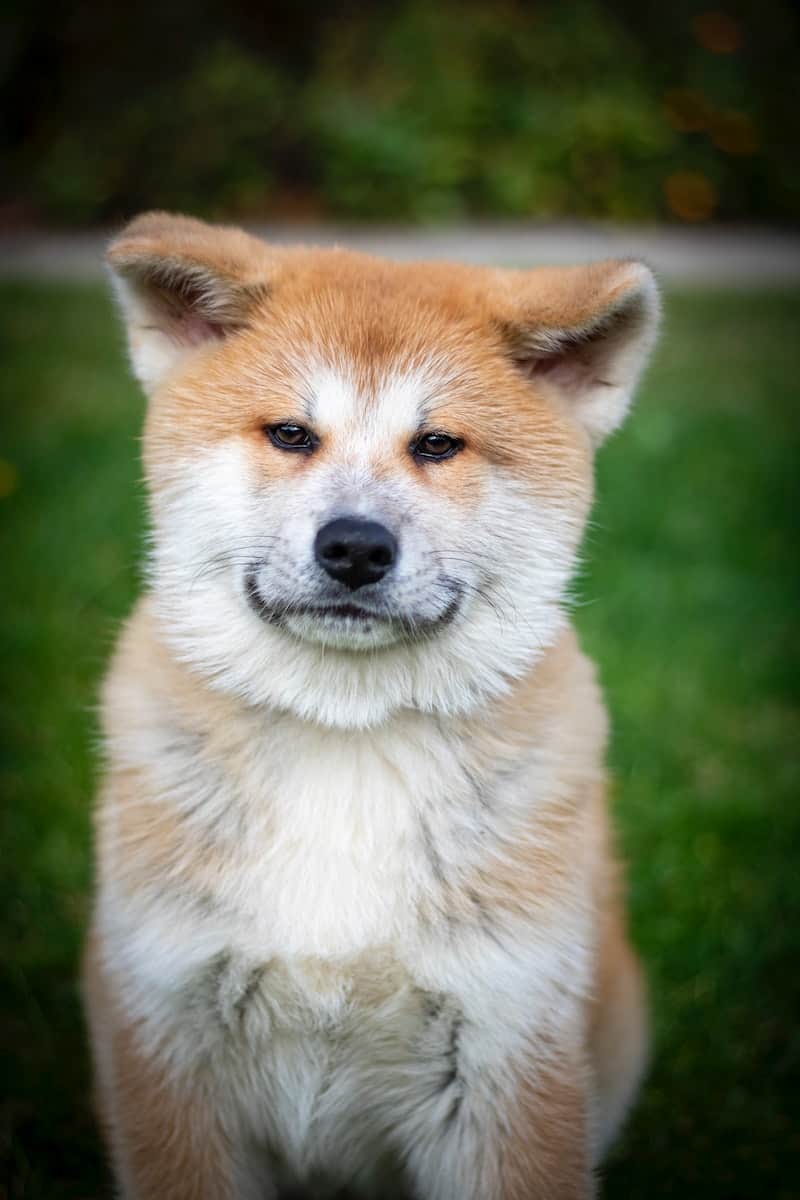
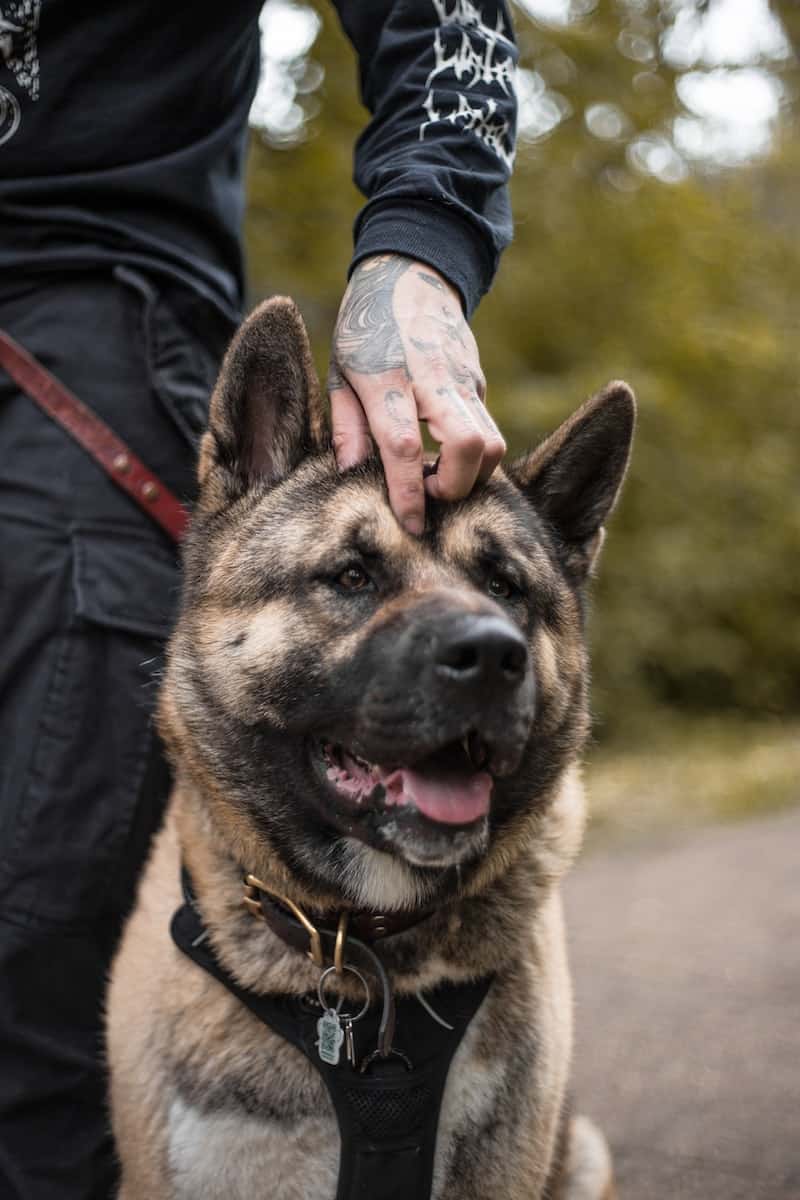
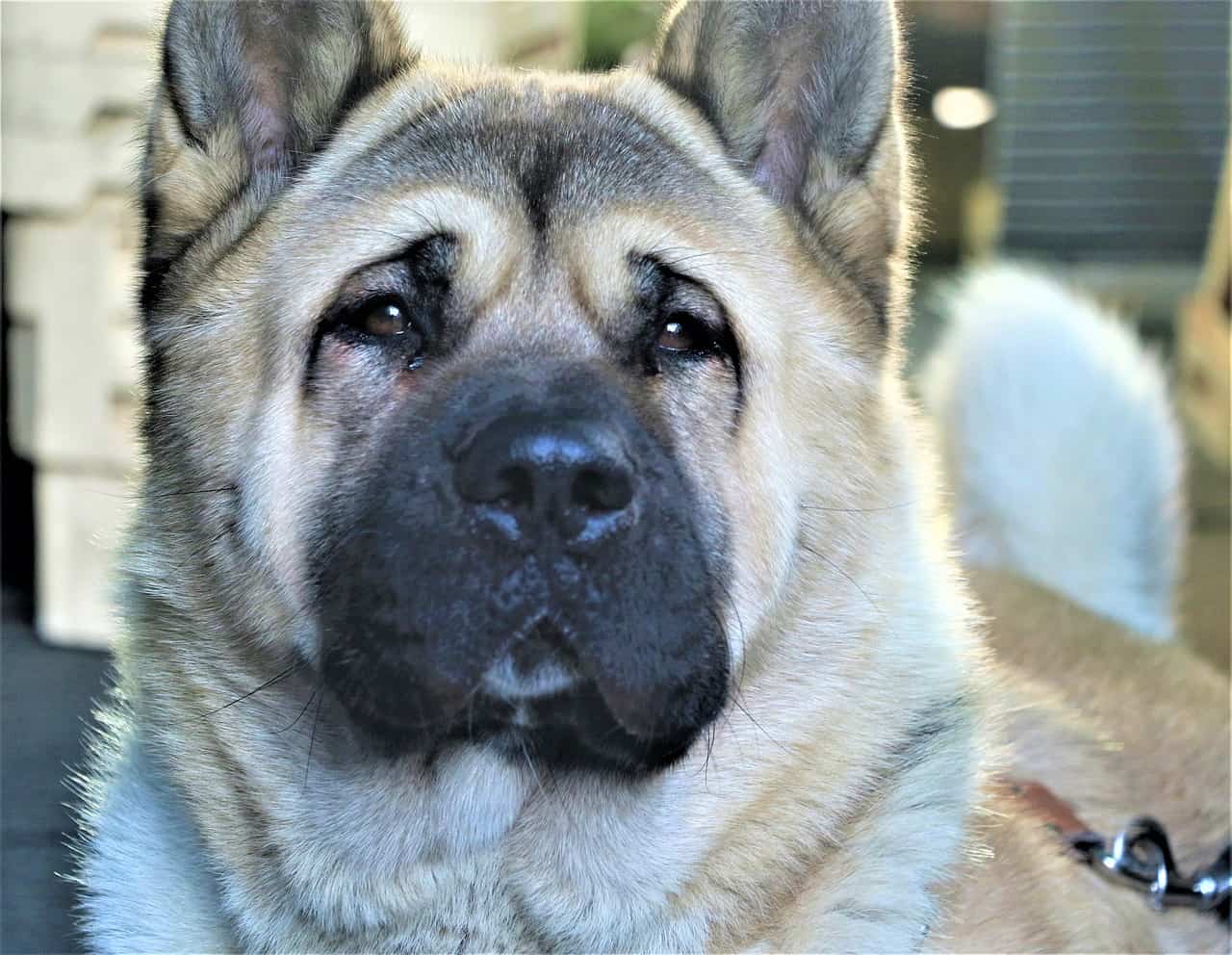
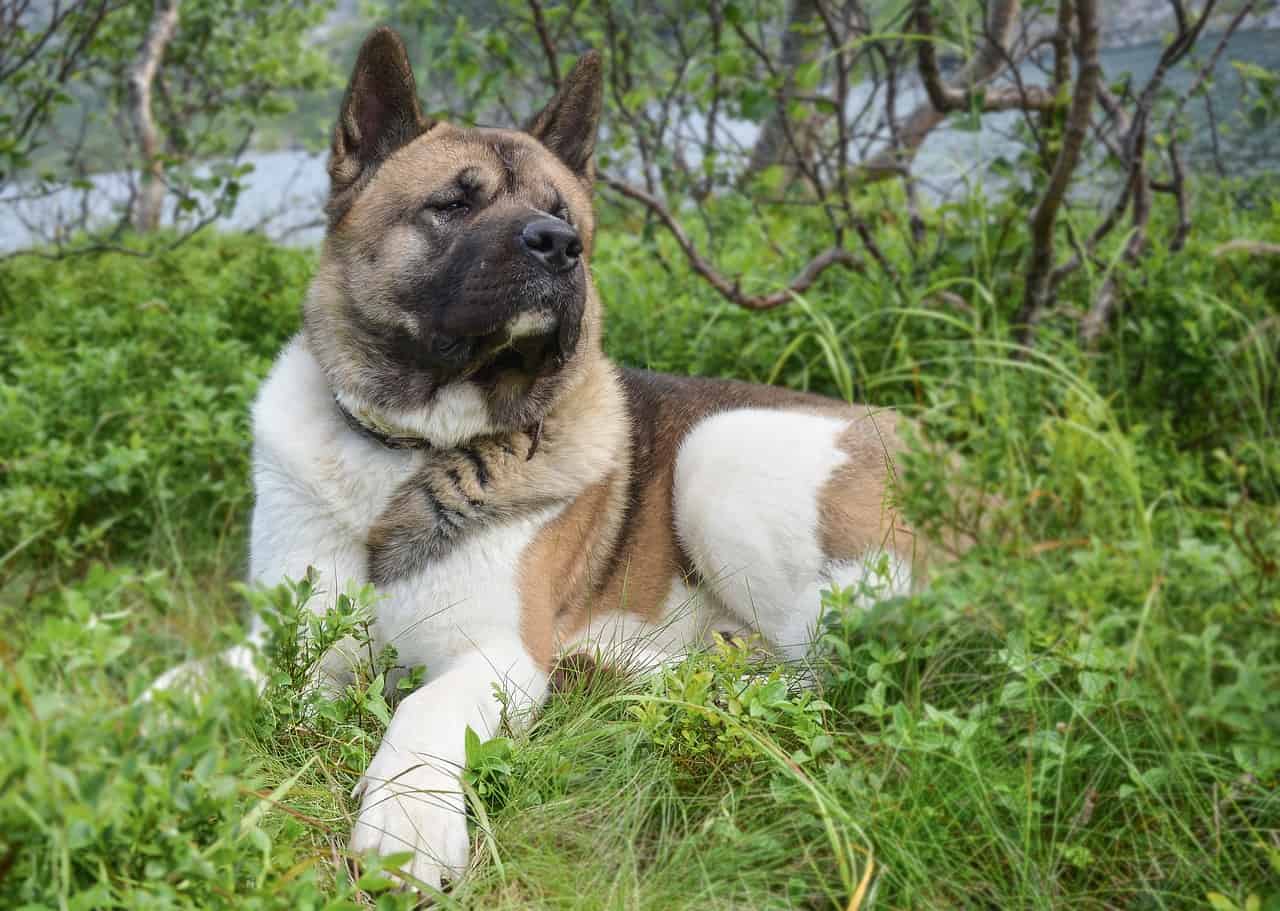
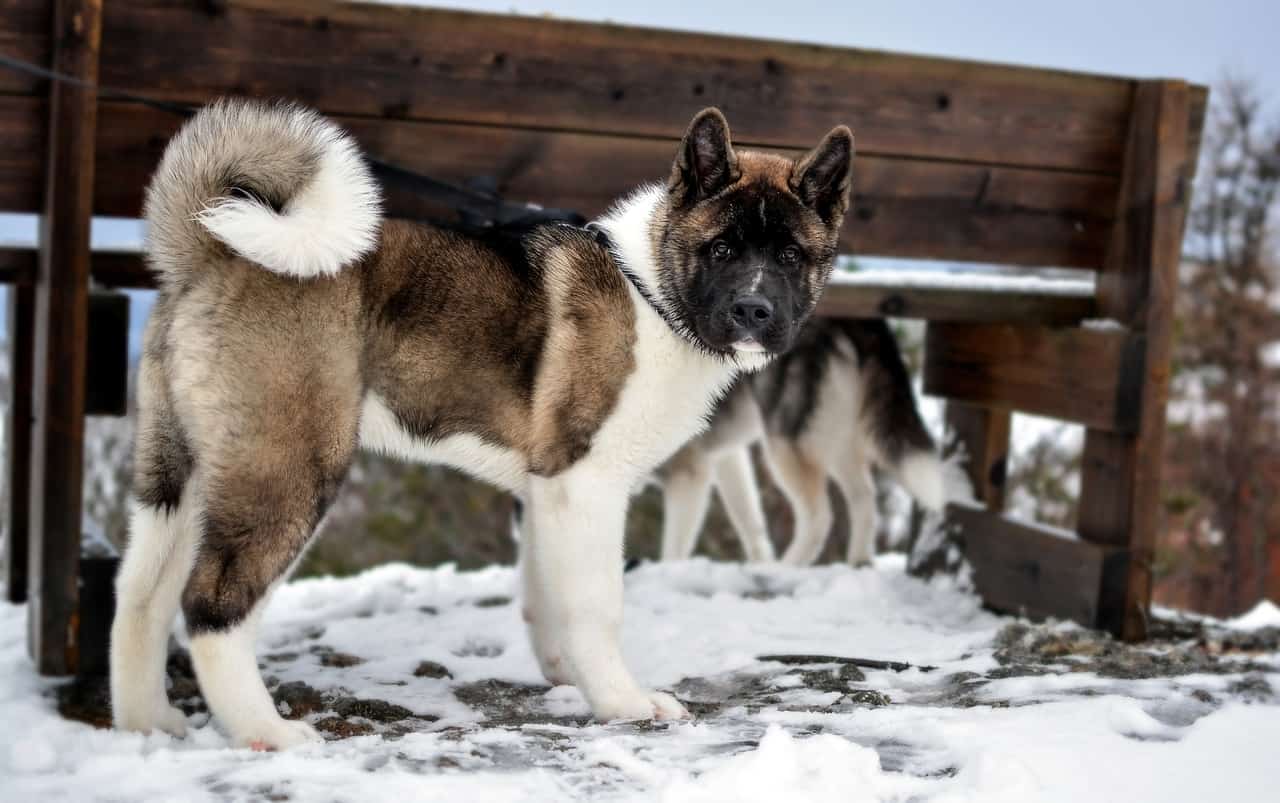
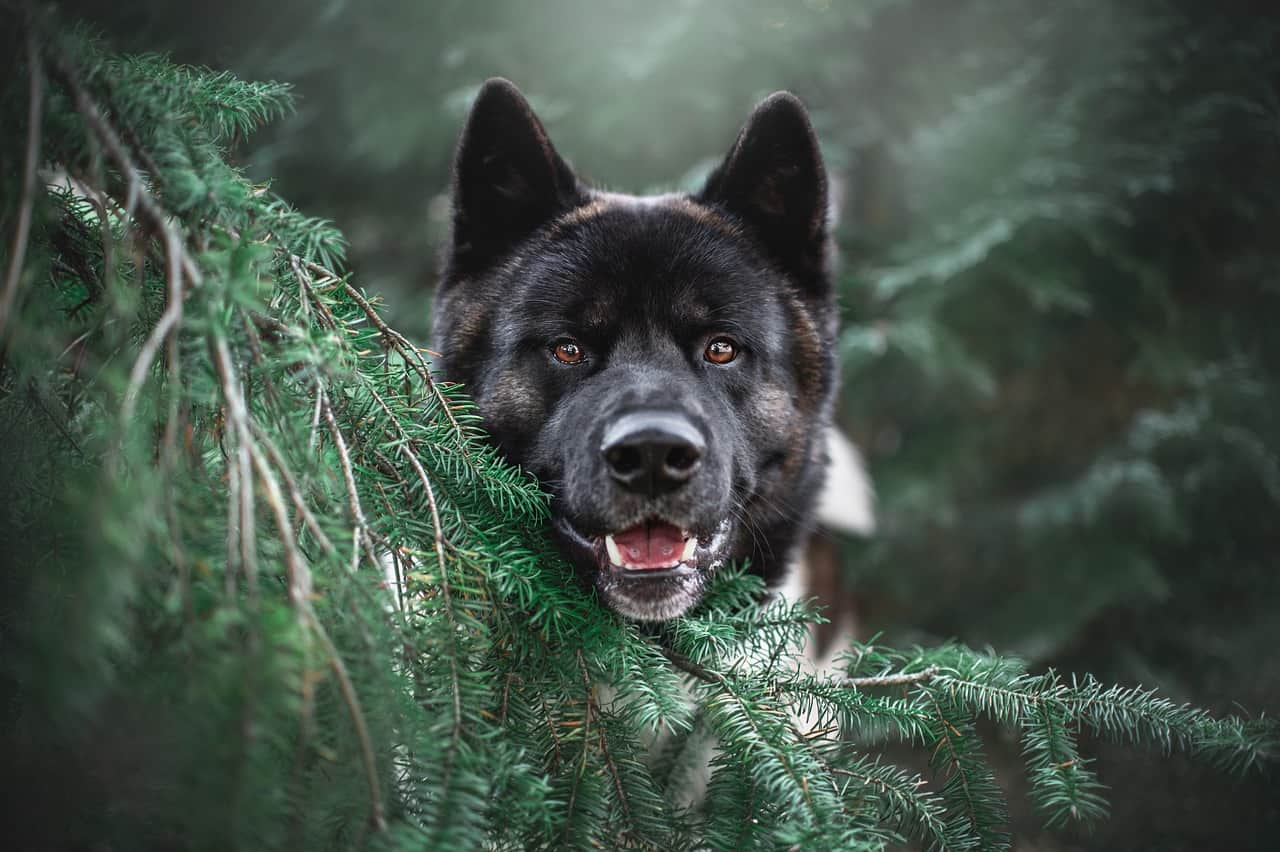
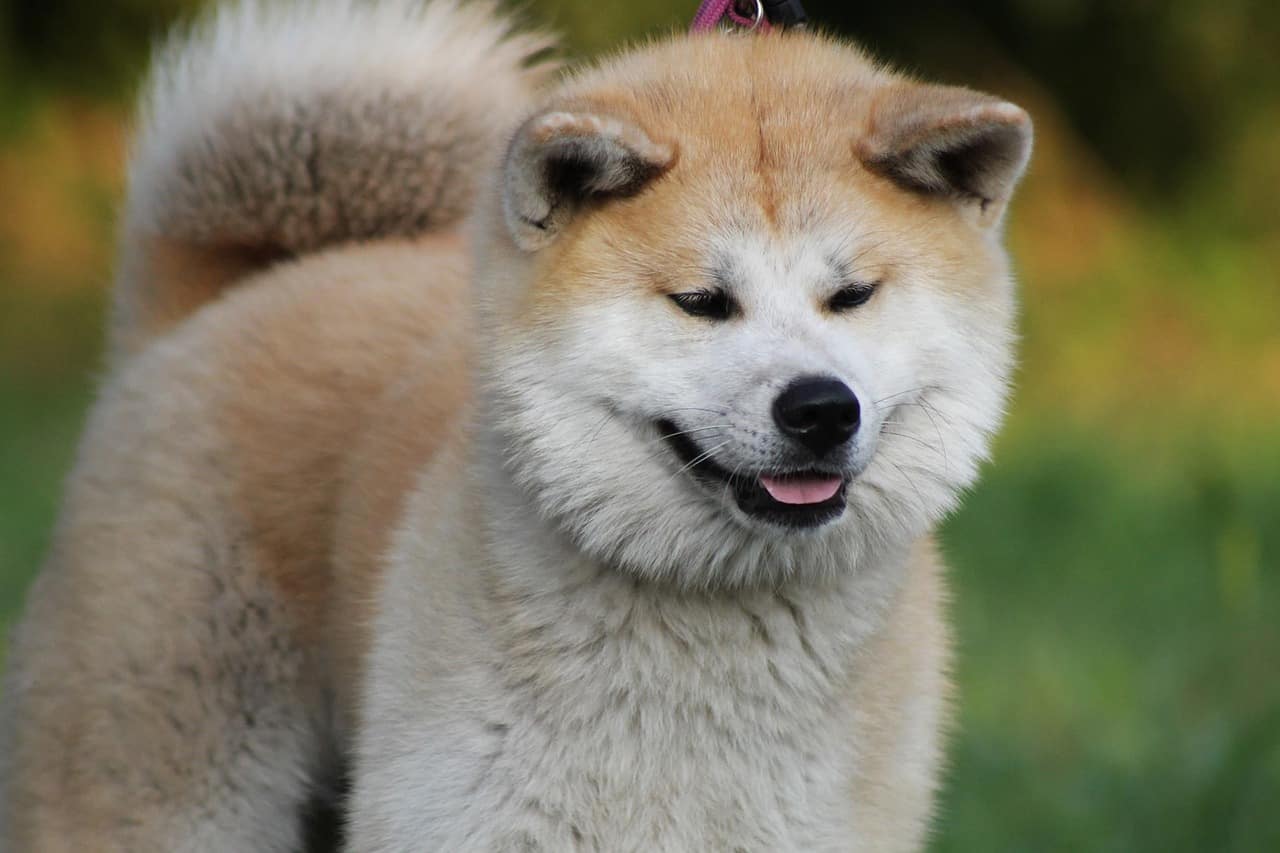
Akita Puppy Photo Gallery
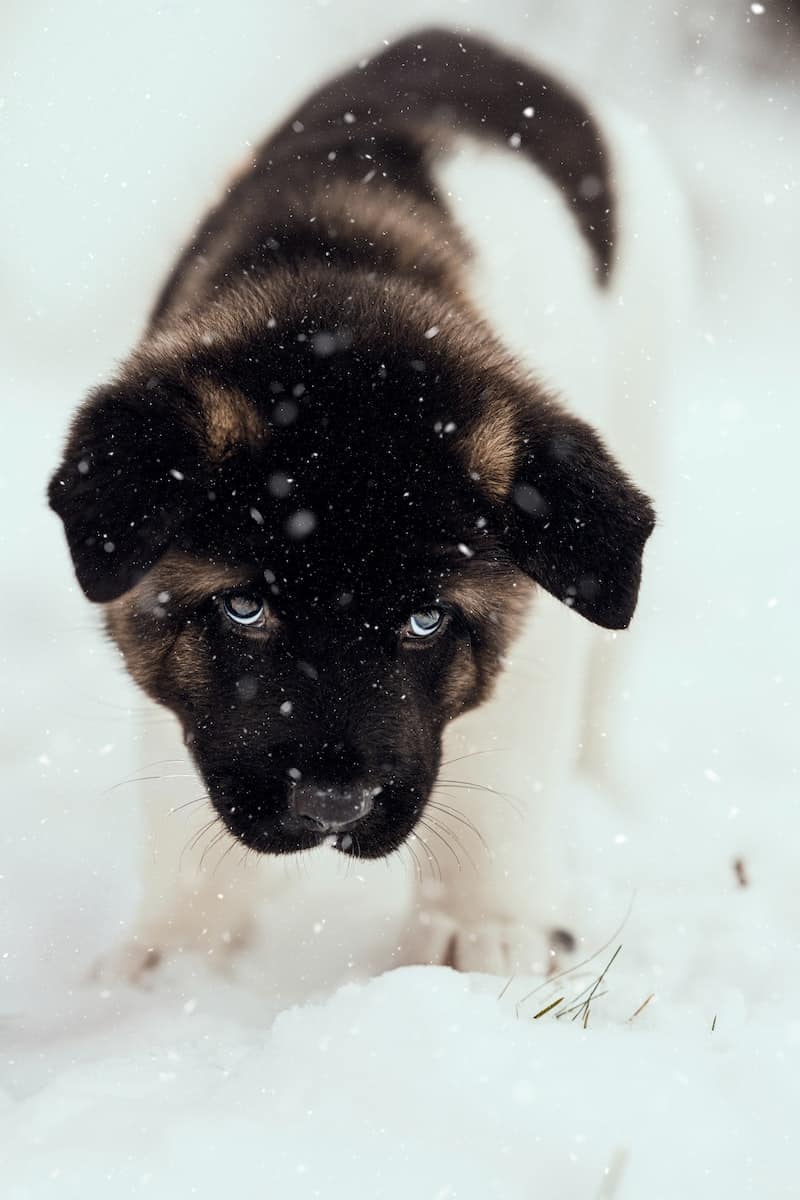
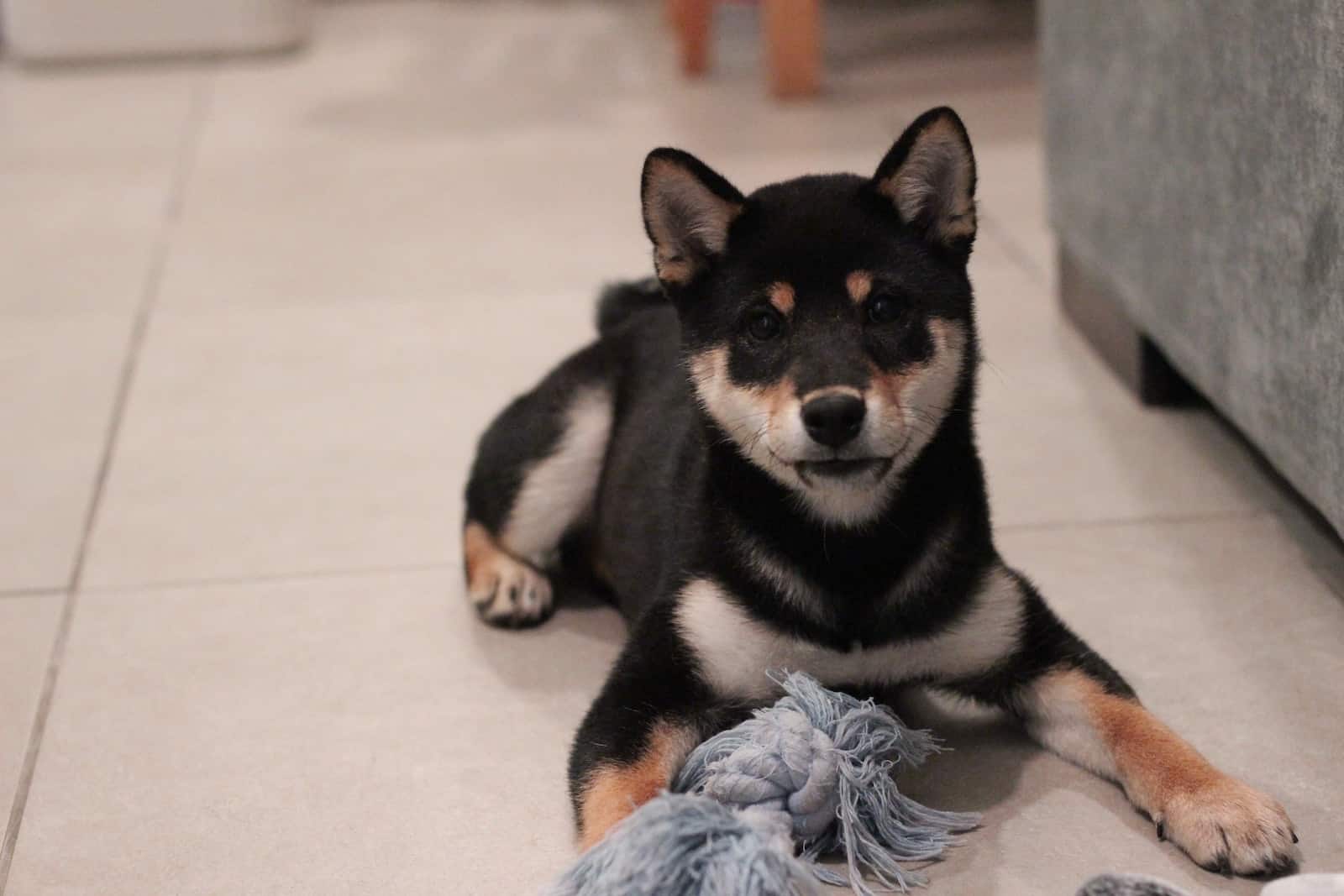
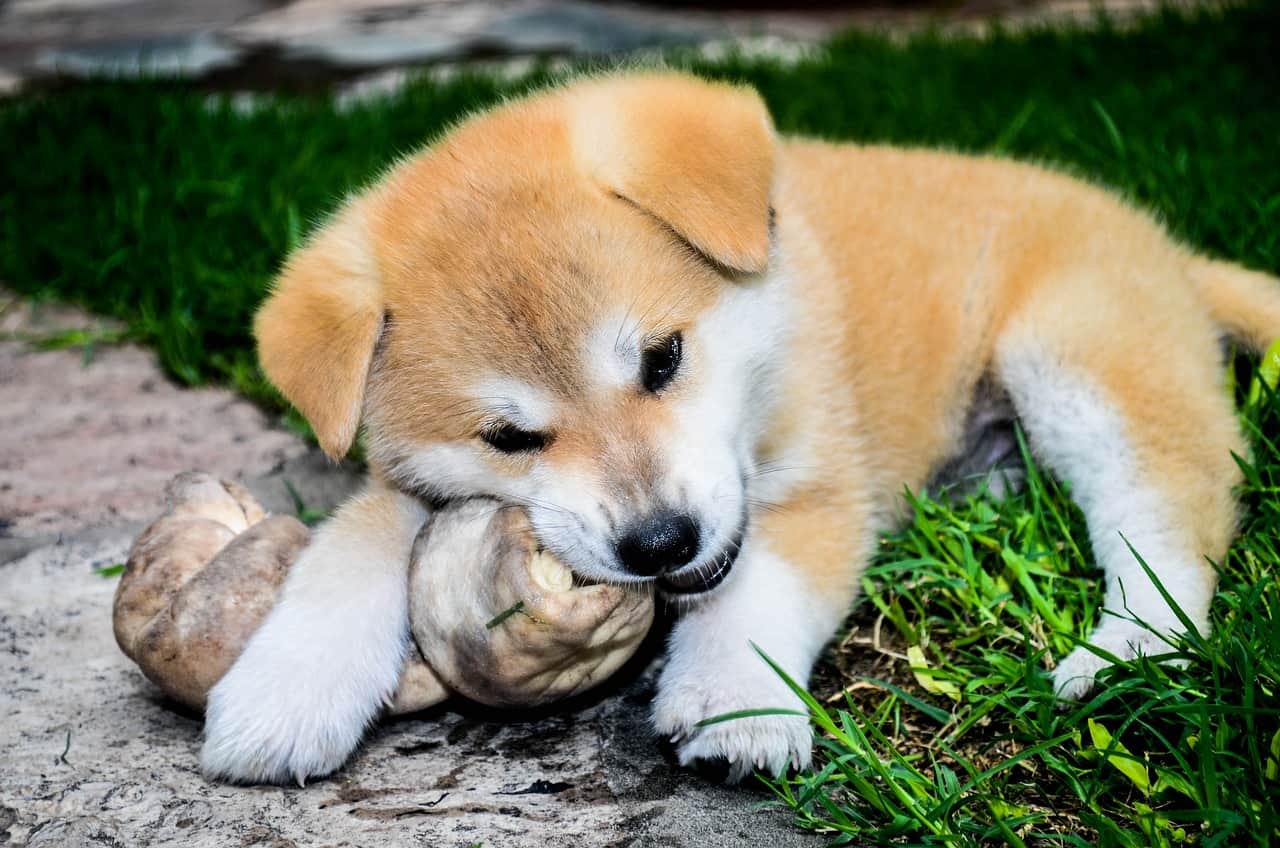
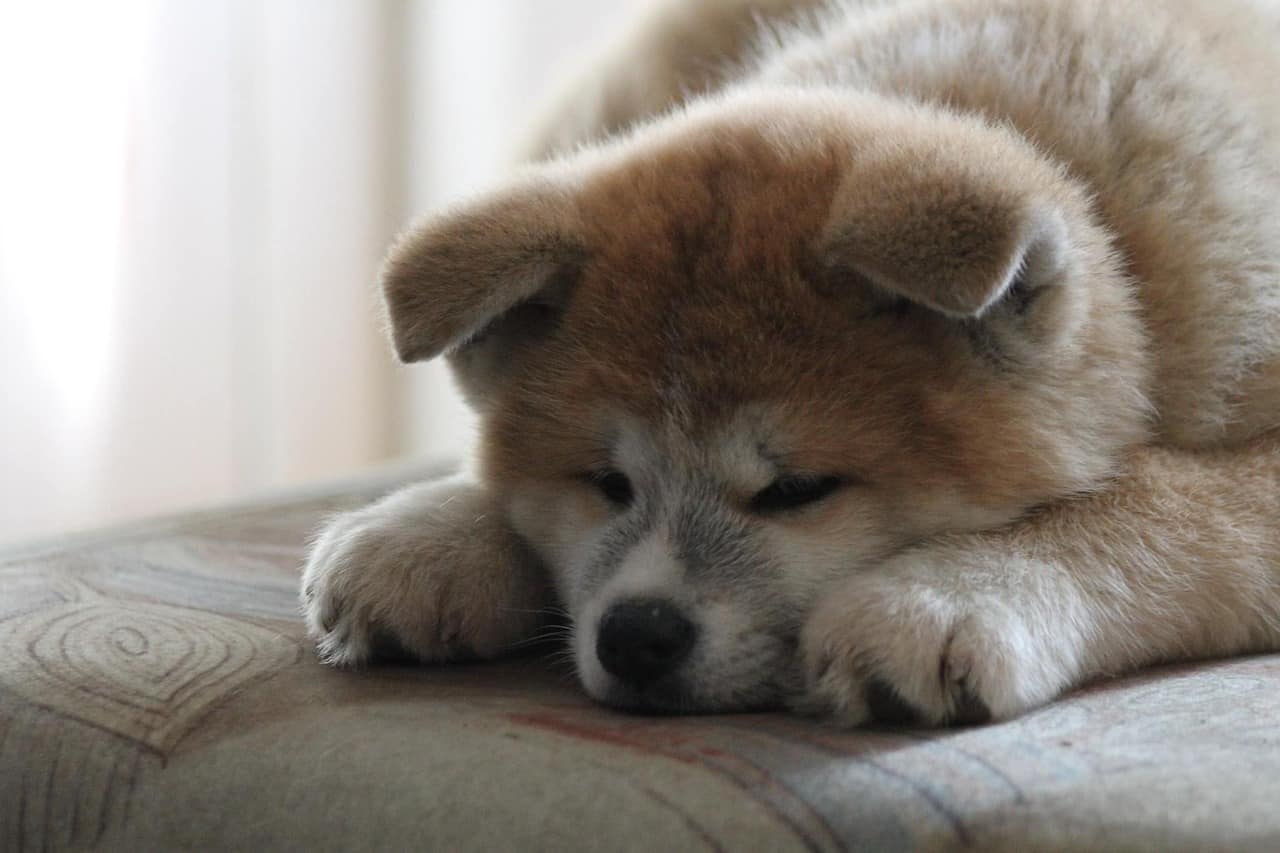



The Akita’s Striking Appearance: A Closer Look at Their Physical Characteristics
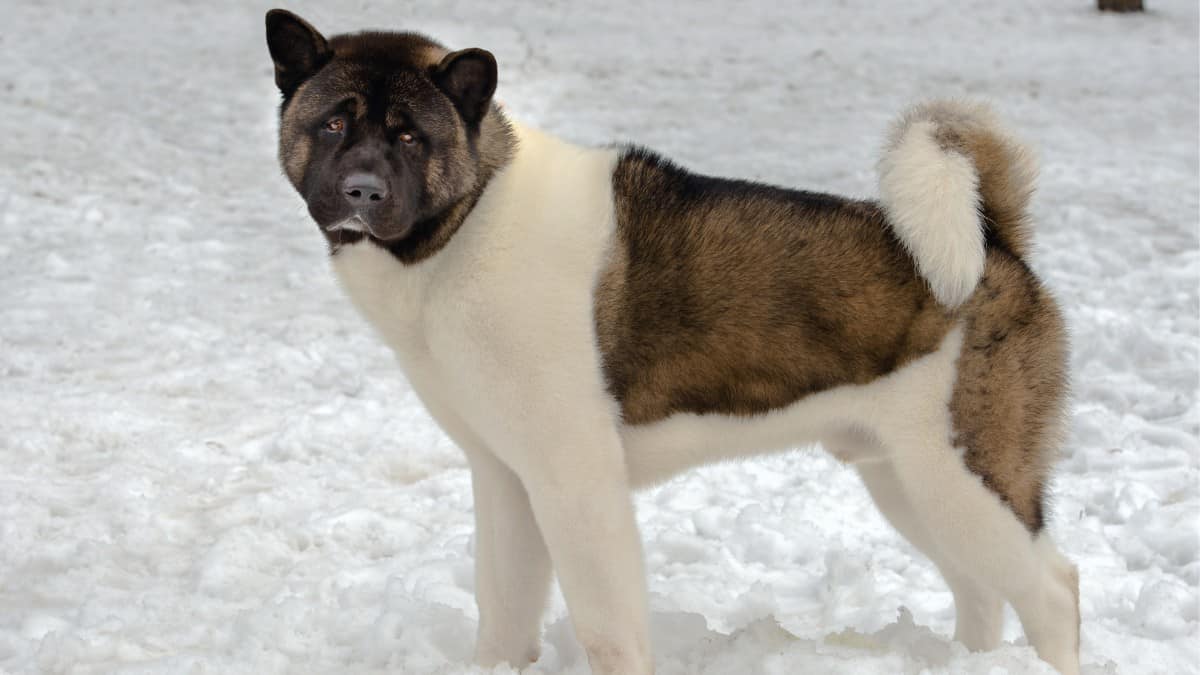
Akitas are a beautiful and majestic breed with a distinctive appearance that sets them apart from other breeds. One of the most striking features of the Akita is their thick, double coat, which is designed to protect them from the cold weather. The coat can come in a range of colors, including white, sesame, brindle, and red, and is often described as “plush” or “fluffy” to the touch.
The red color can range from a light fawn to a dark mahogany, while the white color can be pure white or have a slight cream tint. Sesame Akitas have a red base coat with black-tipped hairs, giving them a salt-and-pepper appearance, while brindle Akitas have a striped or marbled pattern on their coat. In addition to these colors, Akitas can also have black, silver, or brown coats, as well as various other patterns and markings. The variety of coat colors and patterns is just one of the many fascinating aspects of this unique and beautiful breed.
In addition to their coat, Akitas also have a unique head shape that is often compared to that of a bear. Their broad, powerful head is balanced by a thick, muscular neck, and their ears are small and triangular, standing upright on top of the head.
Akitas are a large breed, with males typically weighing between 85-130 pounds and females weighing between 65-110 pounds. They have a sturdy and muscular build, with a broad chest and powerful legs that enable them to run and jump with ease.
While their physical appearance is certainly impressive, it’s important to remember that Akitas are more than just a pretty face. They are intelligent, loyal, and protective dogs that require proper training and socialization to bring out their best qualities.
In the next section, we will take a closer look at the temperament and behavior of the Akita breed, and explore what makes them such a special and beloved breed for so many dog lovers around the world.
The Temperament and Personality of Akitas: A Guide for Prospective Owners
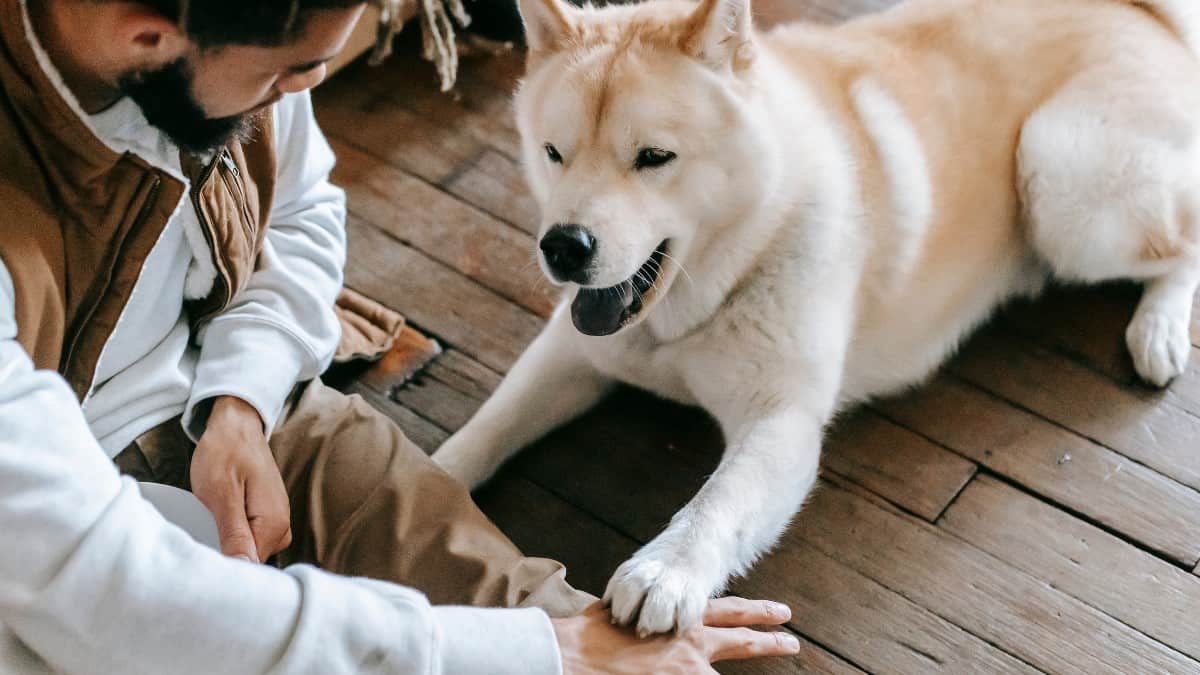
The Akita is a breed that is known for its unique personality and temperament. While they are fiercely loyal and affectionate with their human family members, they can also be independent and aloof at times.
Akitas have a strong protective instinct, and they will not hesitate to defend their family if they feel that they are under threat. This can make them excellent guard dogs, but it can also lead to aggression towards strangers or other animals if they are not properly trained and socialized.
Proper training and socialization are key to ensuring that your Akita develops into a well-behaved and obedient companion. Akitas are intelligent dogs, but they can also be stubborn, and they require consistent and patient training to learn new commands and behaviors.
In addition to training, exercise is also important for the physical and mental well-being of the Akita breed. They are a high-energy breed that requires daily exercise and stimulation to prevent boredom and destructive behavior.
Overall, Akitas are a unique and fascinating breed that require proper training, socialization, and exercise to bring out their best qualities. With the right care and attention, they can make loyal and loving companions for many years to come.
Keeping Your Akita Healthy: A Guide to Common Health Concerns and Preventative Care
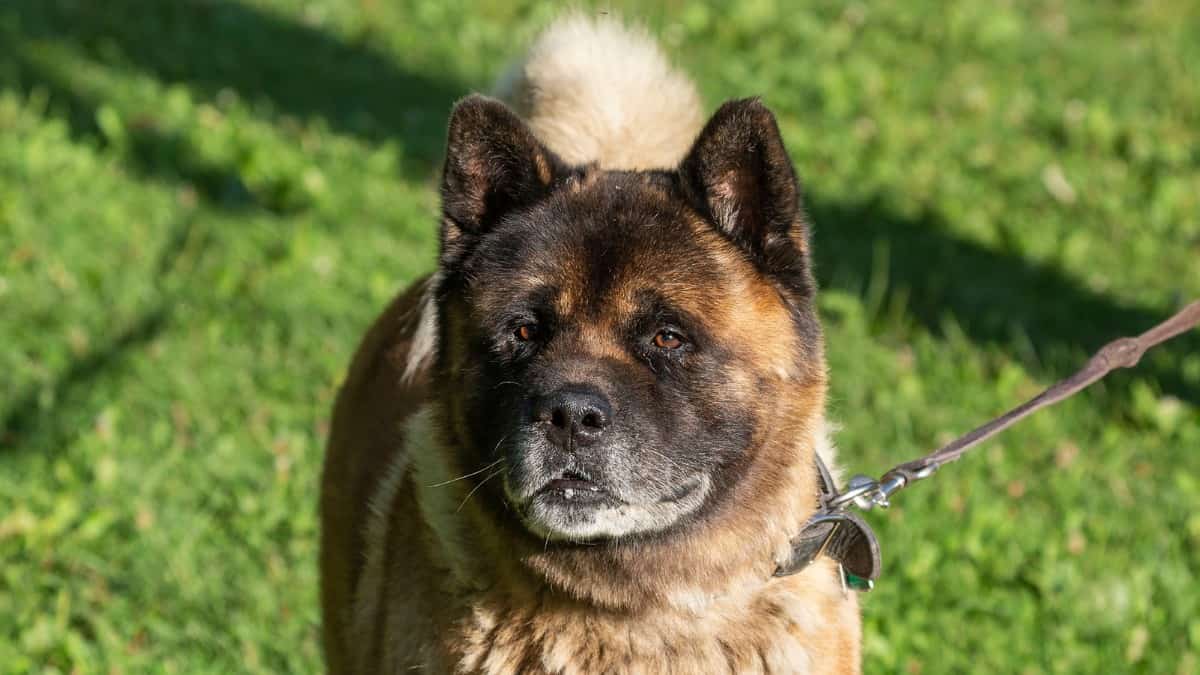
Like all breeds, Akitas are prone to certain health issues that you should be aware of if you are considering adding one to your family. Some of the most common health concerns in the breed include hip dysplasia, progressive retinal atrophy, and autoimmune diseases.
To keep your Akita healthy and happy, it’s important to provide them with a well-balanced and nutritious diet, regular exercise, and appropriate grooming. Akitas have a thick, double coat that requires regular brushing to prevent matting and tangling, and they should be bathed as needed to keep their coat clean and healthy.
Regular visits to the vet are also important for detecting and treating any health issues early on. It’s recommended that Akitas have a comprehensive health exam at least once a year, and that they receive any necessary vaccinations and preventative care.
In addition to physical health, it’s also important to consider the mental and emotional well-being of your Akita. Proper training and socialization are important for ensuring that your Akita is well-adjusted and happy, and that they develop a strong bond with their human family members.
Overall, by providing your Akita with proper care and attention, you can help ensure that they live a long, healthy, and happy life. In the next section, we will take a closer look at Akita puppies and what you can expect if you are considering adding one to your family.
Fueling Your Akita’s Body and Mind: Tips and Tricks for Proper Nutrition and Feeding
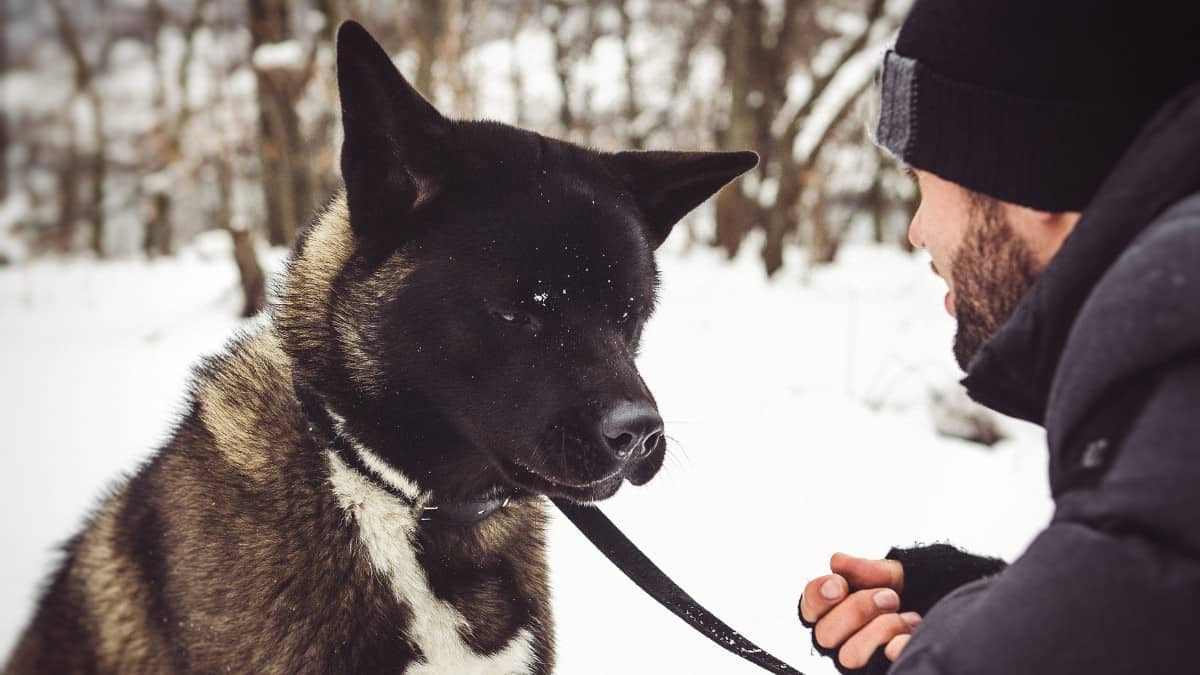
Proper nutrition is essential for the health and well-being of your Akita, whether they are growing puppies or a mature adult. Here are some key factors to consider when feeding your Akita:
- High-Quality Dog Food: Akitas require high-quality dog food that is rich in protein and nutrients. Look for dog food that contains real meat as the first ingredient, and avoid foods that contain fillers, artificial preservatives, or by-products.
- Portion Control: Akitas are prone to overeating, so it’s important to practice portion control and avoid overfeeding. Follow the feeding guidelines on the dog food package, and adjust portions as needed based on your Akita’s age, weight, and activity level.
- For puppies, it’s recommended to feed them smaller portions more frequently throughout the day. A good rule of thumb is to feed your Akita puppy three to four small meals a day until they are six months old. After six months, you can transition them to two meals per day.
- For adult Akitas, the recommended portion size is typically around 2-3 cups of food per day, split between two meals. However, the exact portion size will depend on your Akita’s individual needs, so it’s important to consult with your veterinarian to determine the appropriate amount.
- Feeding Schedule: Akitas do best when they are fed on a regular schedule, typically two to three times per day. Avoid free-feeding, where food is left out all day, as this can lead to overeating and weight gain.
- Water: Akitas require access to fresh, clean water at all times. Make sure to regularly clean and refill your Akita’s water bowl to ensure that they are properly hydrated.
- Supplements: Talk to your veterinarian about whether your Akita may benefit from additional supplements, such as omega-3 fatty acids or joint supplements. However, it’s important to note that supplements should not be used as a replacement for a balanced and nutritious diet.
- Transitioning to a New Diet: If you need to switch your Akita to a new diet, do so gradually over a period of several days to avoid digestive upset. Start by mixing a small amount of the new food in with the old food, and gradually increase the amount of new food while decreasing the old food.
By following these guidelines and providing your Akita with a balanced and nutritious diet, you can help ensure that they stay healthy and happy for years to come. Remember, every dog is unique, so it’s important to consult with your veterinarian to develop a feeding plan that is tailored to your individual Akita’s needs.
Bringing Home an Akita Puppy: A Guide to Raising Your New Companion
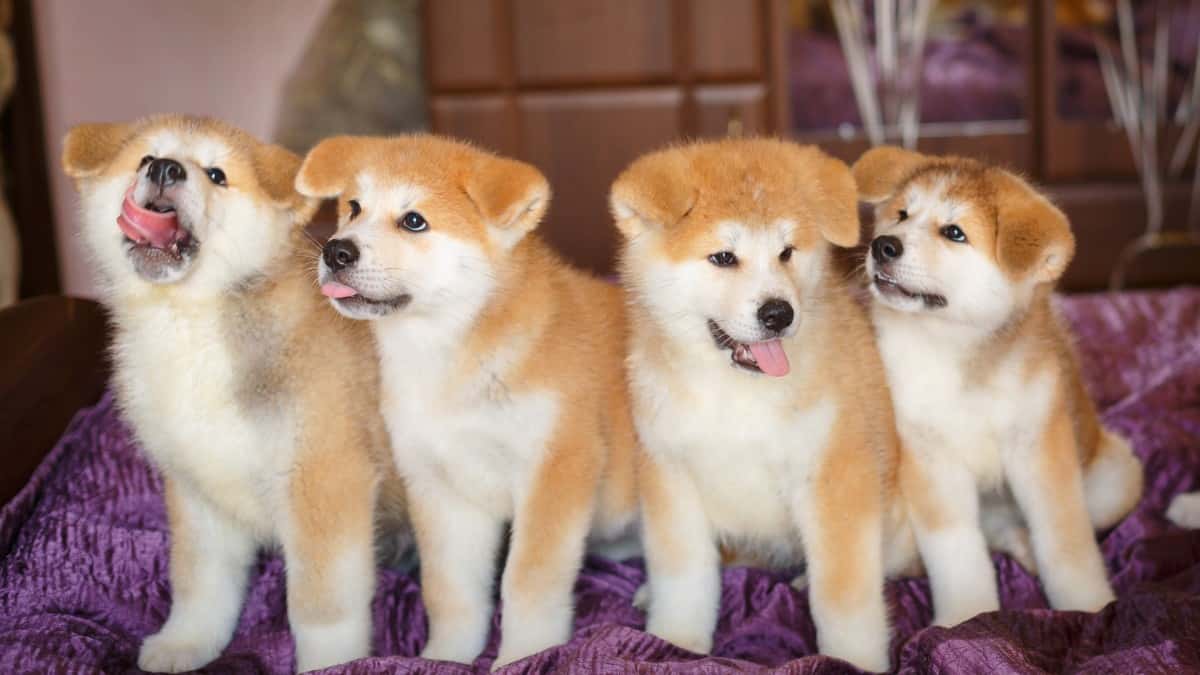
If you’re considering adding an Akita puppy to your family, there are a few things that you should be aware of. Akita puppies are adorable and affectionate, but they also require a significant amount of time, patience, and training to ensure that they grow up to be well-behaved and obedient adults.
House-training is one of the first challenges that you will face when bringing an Akita puppy into your home. It’s important to establish a routine and consistency in training to ensure that your puppy learns where and when to go potty. Socialization is also important for puppies, and it’s recommended that you start socializing your puppy from a young age to ensure that they are comfortable around other dogs and people.
Puppy training is also important for setting the foundation for good behavior and obedience in adulthood. Akitas can be stubborn, so it’s important to use positive reinforcement and consistent training methods to ensure that your puppy learns new commands and behaviors.
In addition to training, it’s also important to ensure that your puppy receives proper healthcare, including vaccinations and regular check-ups with a veterinarian.
Overall, while Akita puppies require a significant amount of time and attention, they can make wonderful and loving companions when given the proper care and attention. With the right training and socialization, your Akita puppy can grow up to be a loyal and obedient companion for many years to come.
From Hunters to Companions: The Fascinating History of the Akita Dog Breed
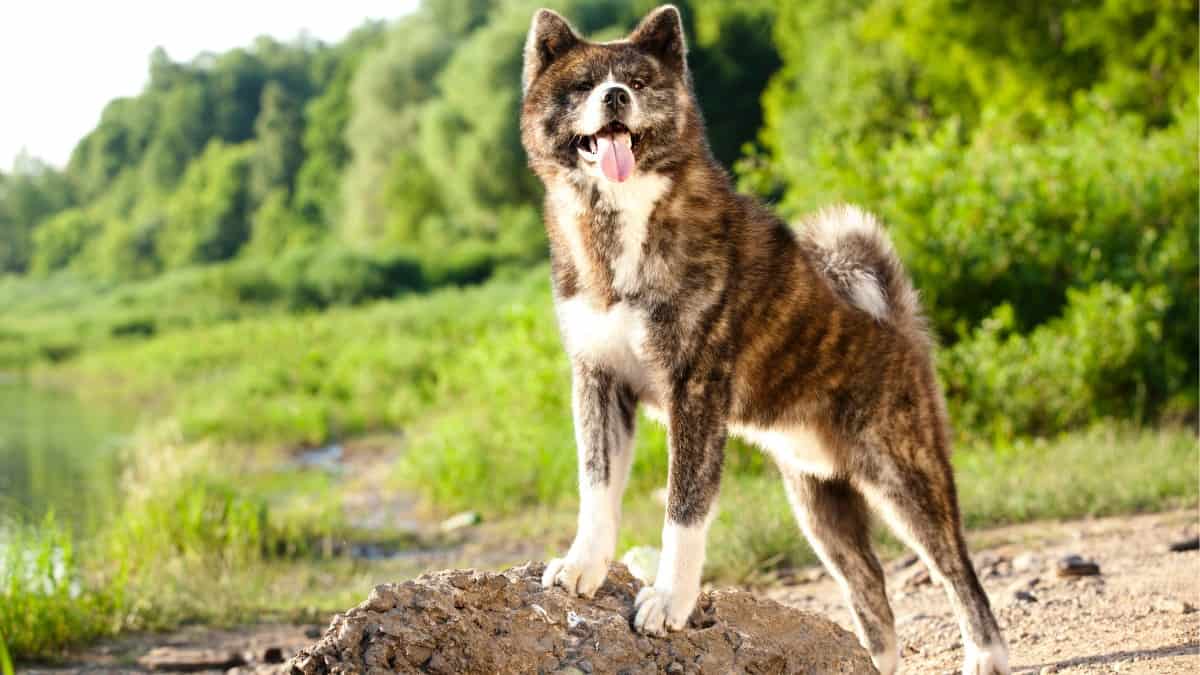
The Akita dog breed has a long and fascinating history that dates back to ancient Japan. Akitas were originally bred as hunting dogs, used to track and hunt large game such as wild boar and bears. They were highly valued for their strength, agility, and fearlessness, and were often trained to work in teams to take down their prey.
Over time, Akitas became more than just hunting dogs; they also became beloved family pets in Japan. In fact, the breed became so popular that they were declared a national treasure of Japan in 1931.
Unfortunately, during World War II, many Akitas were killed for their fur or used for food, and the breed was almost lost entirely. However, a dedicated group of breeders worked to preserve the Akita breed, and in the 1950s, Akitas were imported to the United States, where they quickly became popular as family pets and show dogs.
The American Akita is a larger and more heavily built dog, with a broader head and a thicker coat. They were originally bred for their strength and size, and are often used as guard dogs. The Japanese Akita, on the other hand, is a smaller and more refined dog, with a more fox-like appearance.
Today, Akitas are admired around the world for their unique appearance, loyalty, and protective nature. They remain a beloved breed that has a rich and fascinating history, and their popularity continues to grow as more people discover their unique qualities and traits.
Everything You’ve Wanted to Know About Akitas: Frequently Asked Questions and Answers
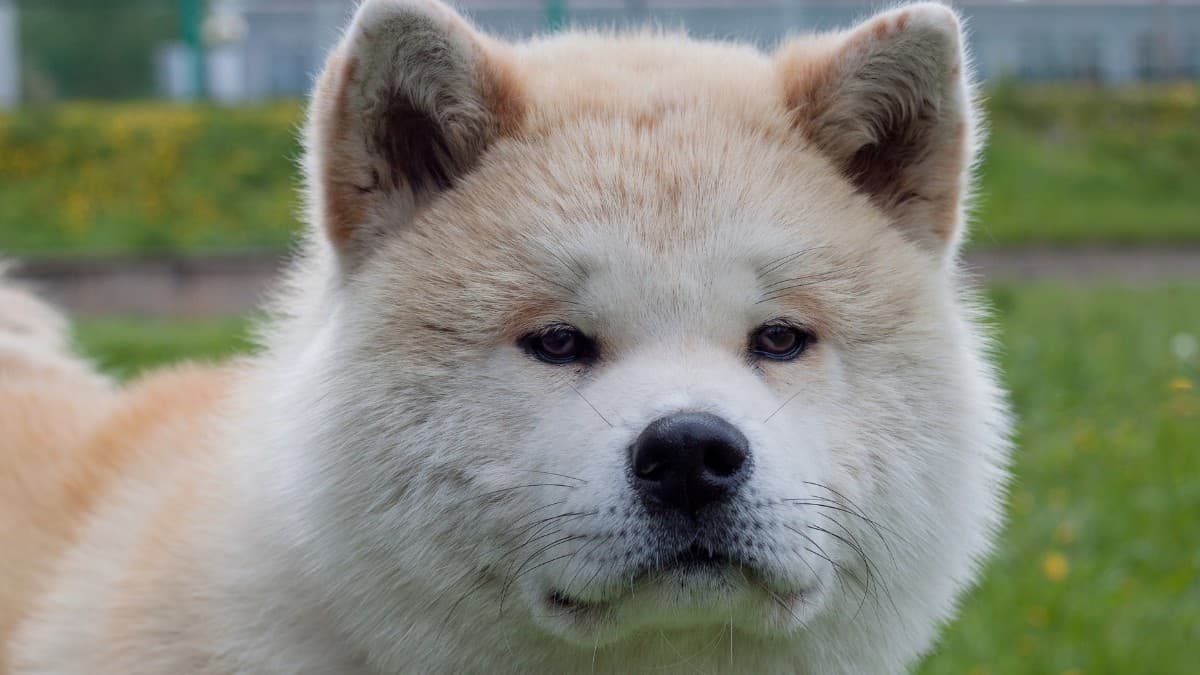
Are Akitas good with children?
Akitas can be great with children when properly trained and socialized. However, they can also be protective of their family, and may not be well-suited for households with very young children.
How much exercise do Akitas need?
Akitas are a high-energy breed that require daily exercise and stimulation. They enjoy activities such as long walks, hikes, and playtime in a securely fenced yard.
Are Akitas good with other dogs or pets?
Akitas can be prone to aggression towards other dogs or pets if not properly trained and socialized. It’s important to supervise interactions between your Akita and other animals, and to use caution when introducing them to new animals.
Are Akitas difficult to train?
Akitas can be stubborn and independent, which can make them challenging to train. However, with consistent training and positive reinforcement, they can learn new commands and behaviors.
Do Akitas shed a lot?
Yes, Akitas are heavy shedders and require regular brushing to maintain their coat and minimize shedding.
How long do Akitas typically live?
Akitas typically live between 10-12 years, although some may live longer with proper care and attention.
Do Akitas bark a lot?
Akitas are not typically excessive barkers, but they may bark to alert their owners to potential threats or strangers. Proper training and socialization can help minimize excessive barking.
Are Akitas good with strangers?
Akitas can be wary of strangers and may not be as friendly as some other breeds. Proper socialization and training can help them feel more comfortable around strangers, but it’s important to supervise interactions and be cautious around new people.
Additional Resources
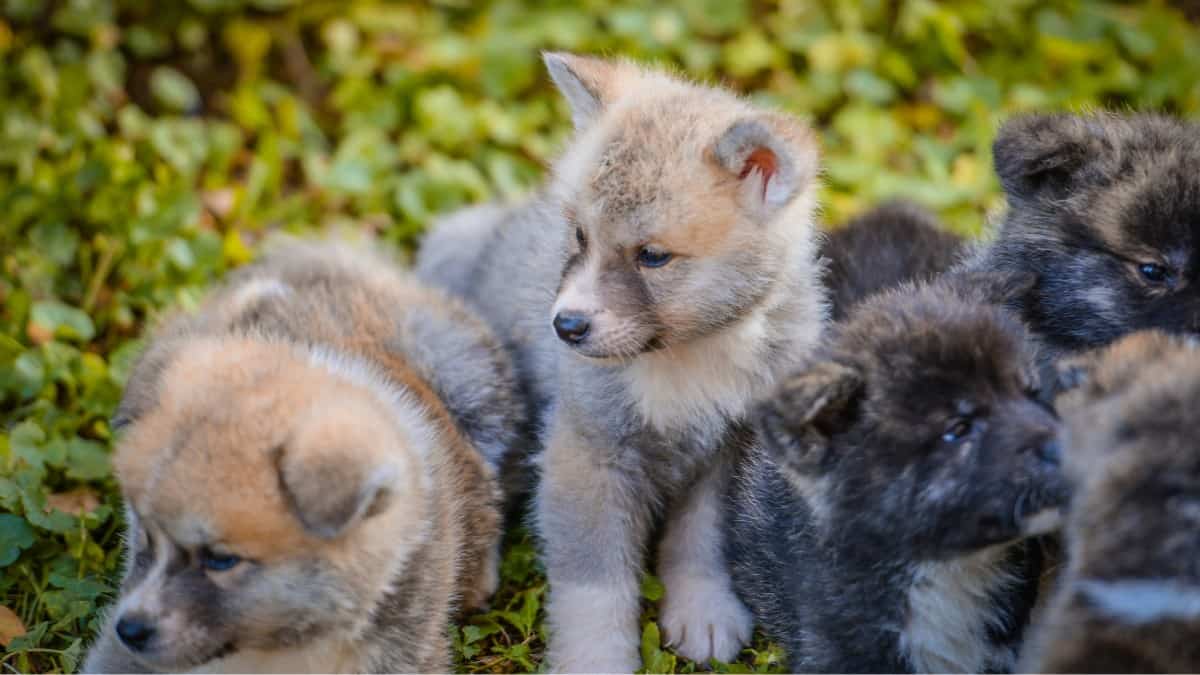
If you’re interested in learning more about the Akita breed, there are a variety of resources available to you. Here are a few that we recommend:
- Akita Club of America: The Akita Club of America is the official parent club for the breed in the United States. Their website provides information about the breed, including health concerns, breed standards, and upcoming events.
- Akita Rescue and Adoption: If you are considering adopting an Akita, there are many rescue organizations that specialize in the breed. These organizations can help you find a dog that fits your lifestyle and provide resources and support for training and care.
- Akita Forums: There are a variety of online forums and discussion groups dedicated to the Akita breed. These forums can be a great way to connect with other Akita owners and enthusiasts, and to get advice and support for training and care.
By taking advantage of these resources, you can learn more about the Akita breed and connect with a community of people who share your love and passion for this unique and fascinating breed.
Closing Thoughts and Best Wishes on Your Akita Journey
We hope that this guide has provided you with valuable insights and information about the Akita dog breed, from their physical appearance to their temperament, health concerns, training needs, and more. Whether you are a current Akita owner or a prospective one, we believe that this guide has covered all the key aspects of the breed that you need to know to ensure that your Akita is healthy, happy, and well-behaved.
Remember, Akitas are a unique and fascinating breed that require proper care and attention to bring out their best qualities. By providing your Akita with proper training, socialization, and exercise, as well as regular visits to the vet, you can help ensure that they live a long, healthy, and happy life as a beloved member of your family.
We encourage you to share your own experiences and thoughts about the Akita breed, and to reach out to us if you have any questions or concerns. Thank you for taking the time to learn about this wonderful breed, and we hope that you will continue to explore all the fascinating aspects of the Akita dog breed for years to come.









